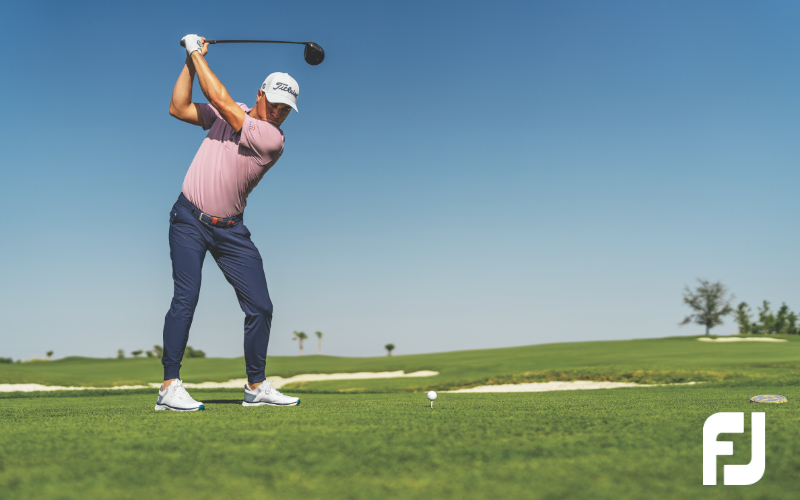“The R&A and USGA continue to believe that the retention of a single set of rules for all players of the game, irrespective of ability, is one of golf’s greatest strengths. The R&A and USGA regard the prospect of having permanent separate rules for elite competition as undesirable and have no current plans to create separate equipment rules for highly skilled players.”
– USGA and R&A Joint Statement of Principles, May 2002
The USGA and R&A have announced a Notice and Comment to manufacturers proposing a potential rule change to golf ball testing that results in a Model Local Rule (MLR) that provides for reduced distance golf balls intended for professional and elite amateur competitions and a different set of rules for all other play. This bifurcation would divide golf between elite and recreational play, add confusion, and break the linkage that is part of the game’s enduring fabric.
“Golf is an aspirational sport, and we believe at its very best when equipment and playing regulations are unified. Golf’s health and vibrancy are at historically high levels,” said David Maher, President and Chief Executive Officer, Acushnet Company. “As we see it, existing golf ball regulations for Overall Distance and Initial Velocity are highly effective. During the past two decades, PGA TOUR average course playing length has increased by less than 100 yards and scoring average has remained virtually flat. Average PGA TOUR clubhead speed of 114.6 mph in 2022 was well below the current 120 mph and proposed 127 mph testing conditions. The proposal of golf ball bifurcation is in many respects a solution in search of a problem.”
Under the proposed guidelines, events that adopt this MLR would require players to use a substantially shorter golf ball, similar in distance to what was available in the 1990’s. The performance changes of any rolled back ball would impact every shot in the round. Players would also be required to adapt to changes in equipment with some players disadvantaged over others by this disruption. Golf ball bifurcation would invite confusion as to what level of competition would use the MLR products and how to effectively manage and officiate. In addition, multiple versions of golf ball models in the market would be confusing to golfers.
“Playing by a unified set of rules is an essential part of the game’s allure, contributes to its global understanding and appeal, and eliminates the inconsistency and instability that would come from multiple sets of equipment standards,” continued Maher. “Unification is a powerfully positive force in the game, and we believe that equipment bifurcation would be detrimental to golf’s long-term well-being. As a result, we will actively participate in this conversation with the governing bodies, worldwide professional tours, PGA Professional organizations, amateur associations and federations, and golfers, in an effort to contribute to the continued enjoyment and growth of the game.”






